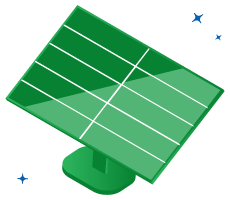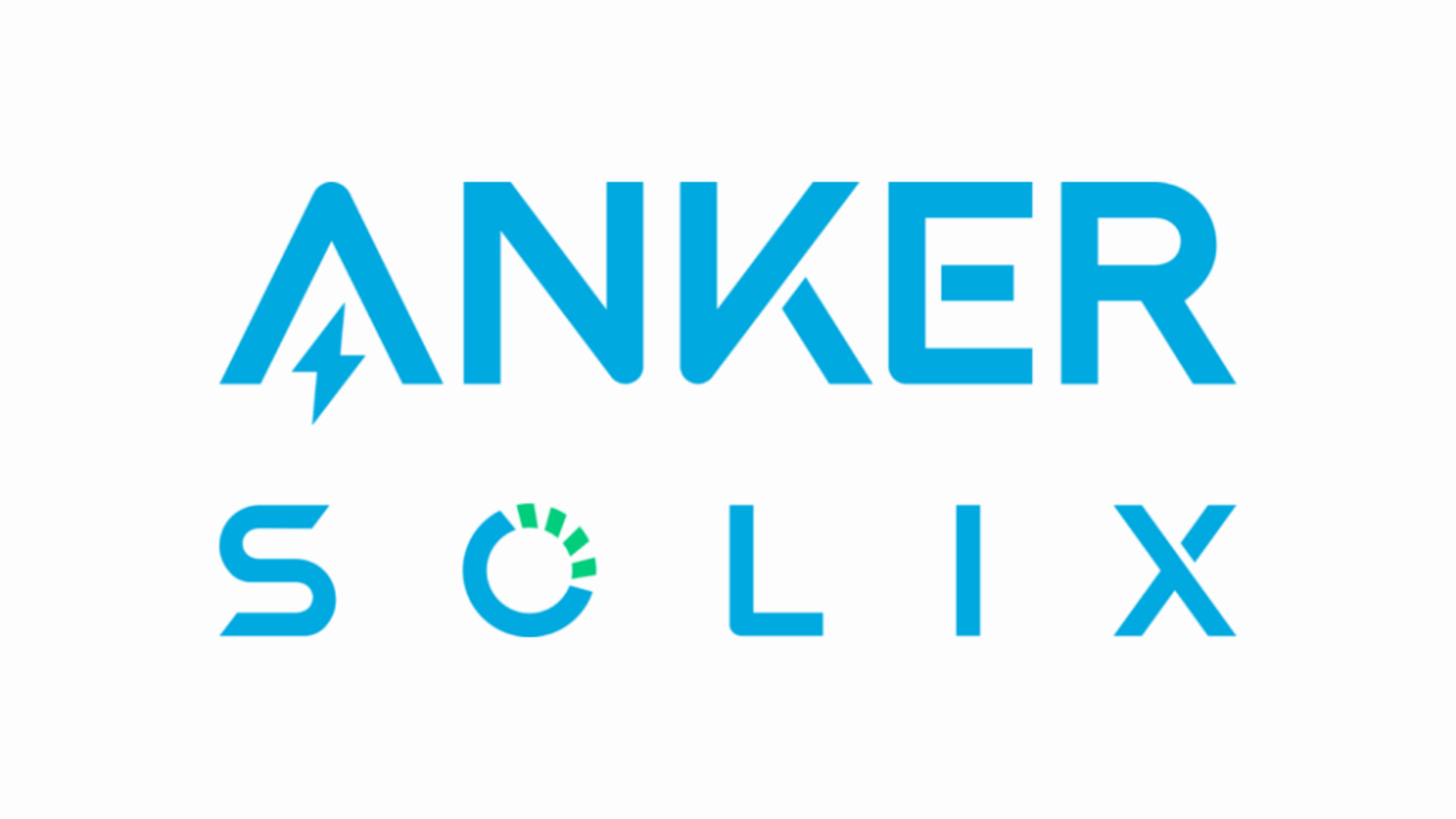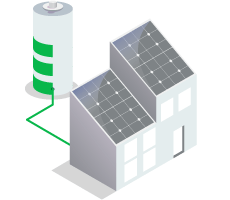What Is a Solar Inverter and How Does It Work?
If you've been thinking about installing a solar power system, chances are you've come across the term "solar inverter." While solar panels tend to get all the attention, it's actually the solar inverter that does much of the heavy lifting in your system. In fact, it plays one of the most critical roles—transforming the energy your panels produce into electricity you can actually use in your home.
So what exactly is a solar inverter, how does it work, and why does choosing the right one matter so much? In this guide, we'll explain everything you need to know about solar inverters, from how they operate to the different types available, what they cost, and how to choose the right one for your home.
What Is a Solar Inverter?
A solar inverter is a key part of any solar power system. It takes the electricity generated by your solar panels—known as direct current (DC)—and converts it into alternating current (AC). Why is that important? Because most Australian homes, and the appliances in them, run on AC electricity. Without an inverter, your solar panels would be pumping out electricity that your home simply couldn't use.
Think of your inverter as the "translator" between your solar panels and your home. It makes sure that the power your system generates is not only usable, but safe and compatible with the wider electricity grid. Without it, your solar panels are essentially just decorative tiles.

How Does a Solar Inverter Work?
Solar inverters are usually mounted on a wall near your switchboard or next to your solar battery if you have one. When the sun hits your solar panels, the panels begin generating electricity in DC form. That electricity travels to the inverter, which processes and converts it into AC electricity. From there, it flows into your home's electrical circuits, powering everything from your fridge to your air conditioner.
If your solar system is connected to the grid, any excess electricity you generate can be sent back to the grid in exchange for a solar feed-in tariff, depending on your energy provider and state. In this case, the inverter also helps synchronize your system with the grid to ensure safe and efficient export of electricity.
Some more advanced inverters also monitor your energy production and usage, giving you insights into your consumption habits through apps or online portals. This can help you make more informed decisions about when to use your appliances and how to maximize your solar savings.
Looking for a Solar Quote or the cheapest Solar Panel Installation?
Click now or call our providers to find the cheapest deal for your needs!
Types of Solar Inverters in Australia
There are several different types of solar inverters available on the Australian market, and the one that's right for you will depend on your home setup, budget, and energy goals.
Here's a breakdown of the six most common types:
| Type | Description |
|---|---|
| 1. String Inverters | This is the most commonly used inverter in Australian homes. With a string inverter, all the solar panels in your system are connected in a "string" or series, and the energy flows into a single central inverter. This type of setup is cost-effective and reliable, but it does come with a trade-off: if one panel underperforms (say, due to shade or dirt), the output of the entire system can be affected. |
| 2. Micro Inverters | Unlike string inverters, micro inverters are attached to each individual panel. They work independently to convert the DC power from each panel into AC, which means the performance of one panel won't drag down the others. Micro inverters are ideal for homes with complex roof layouts or frequent shading. They also make it easier to monitor each panel's output separately. |
| 3. Battery Inverters | If you already have solar and want to add a battery, a battery inverter will allow you to convert the DC electricity stored in your battery into AC electricity that can be used in your home. Some battery systems come with integrated inverters, while others may require a separate unit. |
| 4. Hybrid Inverters | Hybrid inverters are designed to handle both your solar panels and your battery storage in one device. They're a great option if you plan to add a battery in the future, as they allow for a smoother upgrade. Hybrid inverters also often include advanced monitoring features and smart load management. |
| 5. Grid-Tie Inverters | These inverters are used in grid-connected systems and are designed to match the frequency and voltage of the electricity grid. While most string, micro, and hybrid inverters in Australia are also grid-tied, this term is often used to describe simple systems without battery storage. |
| 6. Off-Grid Inverters | If you're living in a remote location without access to the electricity grid, an off-grid inverter is essential. These inverters are designed to manage energy independently, often working in tandem with batteries and backup generators to ensure you always have a reliable source of power. |
How Much Does a Solar Inverter Cost in Australia?
If you're buying a solar inverter on its own—perhaps to replace a faulty one—you can expect to pay anywhere between $1,000 and $1,500. However, this can vary depending on the inverter's brand, size, features, and whether it's bundled as part of a complete solar system.
When you install a full solar system, your inverter is typically included in the overall price. In that case, your upfront cost may be lower thanks to Australia's federal Small-scale Technology Certificate (STC) rebate, which helps reduce the cost of eligible renewable energy systems.
Premium inverters with smart features, battery compatibility, or higher efficiency ratings may cost more. Micro inverters, since they are installed on every panel, tend to be more expensive overall compared to a single string inverter.

Anker Solix offers reliable solar panels, along with batteries and generators to keep your home powered on or off the grid. Their scalable battery systems and portable solar generators make it easy to capture and store solar energy for everyday use or backup needs.
Solar Inverter Installation in Australia

Solar inverters must be installed by a licensed electrician who is accredited by the Clean Energy Council (CEC). This ensures that the system is installed safely, complies with Australian standards, and qualifies for any available solar rebates or feed-in tariffs.
Installation typically takes place at the same time as your solar panels and is usually mounted on an exterior or interior wall near your switchboard. Depending on your inverter type, you may also need extra components like monitoring software, connection boxes, or switches.
How to Choose the Right Solar Inverter
Choosing the right inverter can make a big difference in the performance and long-term value of your solar system.
Here are some key things to consider:
- Size and Capacity: Your inverter should be appropriately sized to match the output of your solar panel system. Most residential systems in Australia use inverters between 3kW and 10kW.
- Type: Consider your roof layout, budget, and whether you plan to install a battery. Micro inverters and hybrid inverters are more flexible but come at a higher cost.
- Efficiency: A more efficient inverter will convert more of your solar energy into usable electricity. Look for inverters with at least 95% efficiency.
- Warranty: A quality inverter should come with a warranty of at least 5 years, though many top brands offer up to 10 years or more.
- Monitoring Features: Some inverters come with online monitoring apps that let you track your energy production and usage in real time.
- Brand Reputation: Stick to reputable brands that are widely used in Australia and offer good customer support.
Your solar installer should help you choose the best inverter for your home, but it's worth doing a little research so you can ask informed questions and understand what you're getting.

Thinking of Going Solar?
Whether you're looking to upgrade your inverter or install a brand new solar system, it's worth comparing quotes and exploring your options. At Selectra, we help Aussies make smarter energy choices with clear, jargon-free advice and expert guides. Ready to find the right installer? Compare solar quotes and get up to 3 free quotes from trusted Australian providers. It only takes a few minutes—and could save you thousands over the life of your system.
Looking for a Solar Quote or the cheapest Solar Panel Installation?
Click now or call our providers to find the cheapest deal for your needs!
Frequently Asked Questions
What is a solar inverter?
A solar inverter converts the direct current (DC) electricity from solar panels into alternating current (AC) electricity used in homes and synchronized with the grid.
How does a solar inverter work?
Solar panels generate DC electricity which flows to the inverter. The inverter converts this to AC electricity to power home appliances and export surplus energy back to the grid.
What are the main types of solar inverters?
Common types include string inverters, microinverters, battery inverters, hybrid inverters, grid-tie inverters, and off-grid inverters, each suited for different setups and needs.
What is the typical cost of a solar inverter in Australia?
Standalone inverters range from $1,000 to $1,500. Bundled with systems, costs vary. Advanced or microinverter systems tend to cost more.
How do I choose the right solar inverter for my home?
Match inverter size with panel output, consider your roof layout, budget, plans for battery integration, and look for high efficiency and solid brand reputation.
Who should install my solar inverter?
Installation must be done by a licensed electrician accredited by the Clean Energy Council to ensure safety, compliance, and eligibility for rebates.
Click below to find a better deal for your home!

